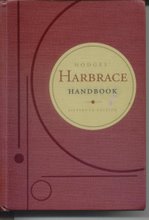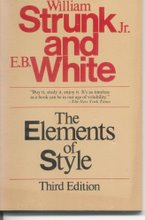A goal was scored. Janie scored a goal.
A shot was blocked. Bobby blocked a shot.
Which do you think sounds better? When you see a sentence written in the "passive voice," it's usually fairly easy to turn it into the active voice. It's usually much clearer, stronger, and easier to read.
Rule 29d in Harbrace is Rely on the active voice and forceful verbs.
(1) Use the active voice rather than the passive voice to gain emphasis
The active voice emphasizes the doer of the action and presents ideas strongly and directly. The passive voice emphasizes the receiver of the action, minimizes the role of the doer, and creates wordier sentences.
Exception: If the receiver of the action is more important than the doer, the passive voice is more effective.
-- His only son was killed in Vietnam.
-- Any driver who exceeds the speed limit will be fined.
(2) Prefer an action verb or a forceful linking verb to a form of have or be.
Forms of have or be, when used without an action verb, rob your writing of energy and forcefulness. The real action often lies in a verbal phrase or in an object or complement.
Food for Thought (not quoting from Harbrace): Why is this so? One reason goes back to our goal of creating images when we write. Action verbs create images in readers' minds. (Recall Peggy Noonan's words, spoken by Ronald Reagan, on an anniversary of D-Day, describing the soldiers clawing their way, inch by inch, up the Normandy sand dune.) When you read those words, you can "see" those soldiers.
Subscribe to:
Post Comments (Atom)







No comments:
Post a Comment